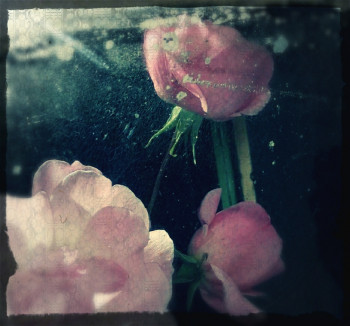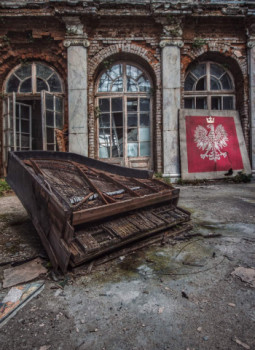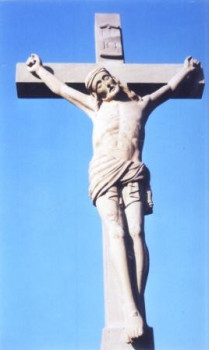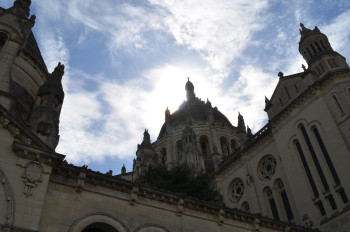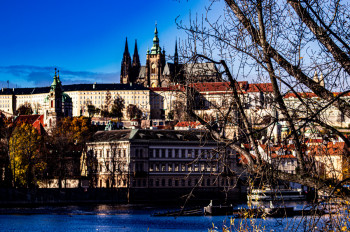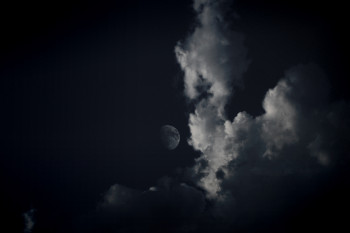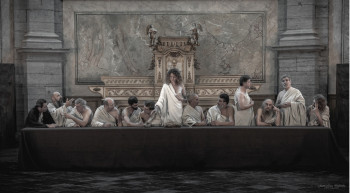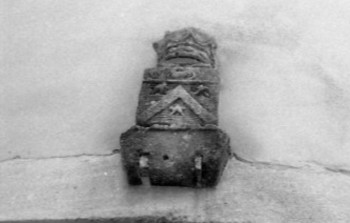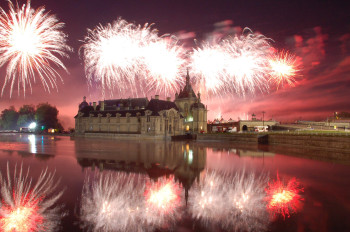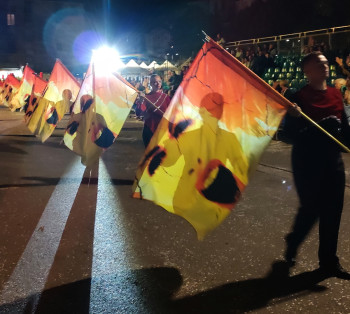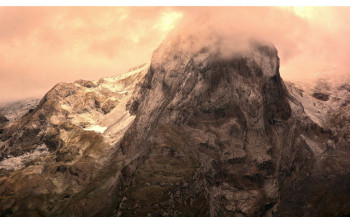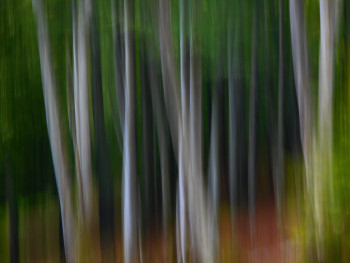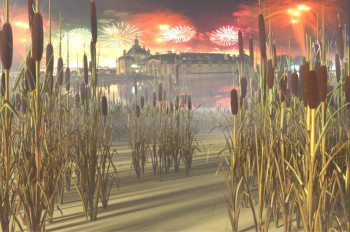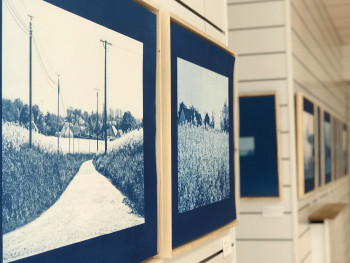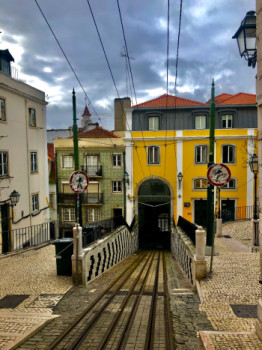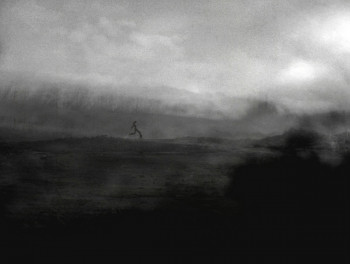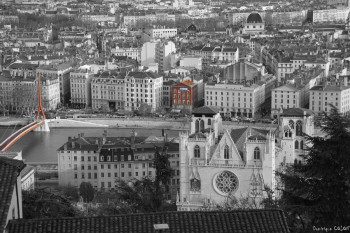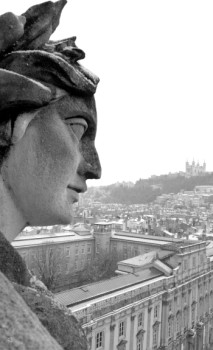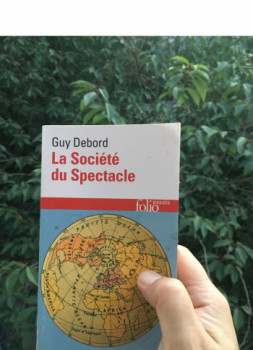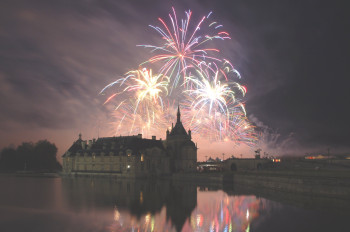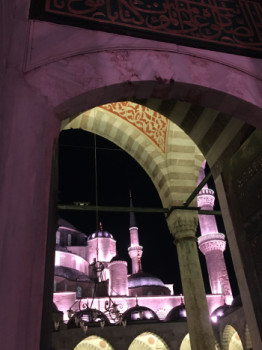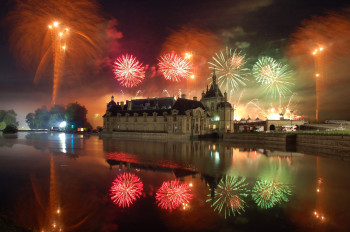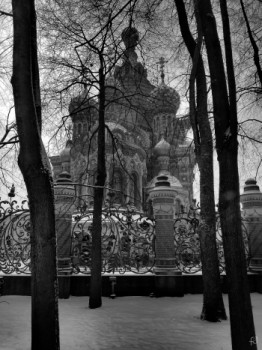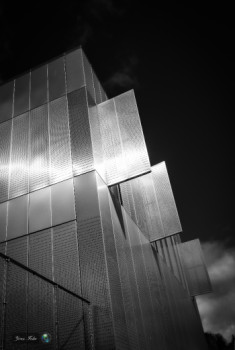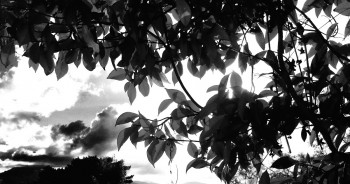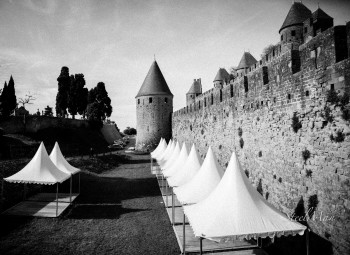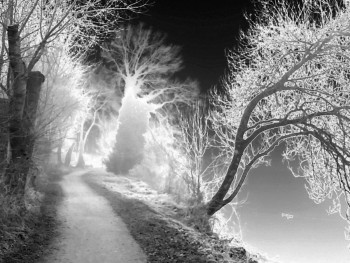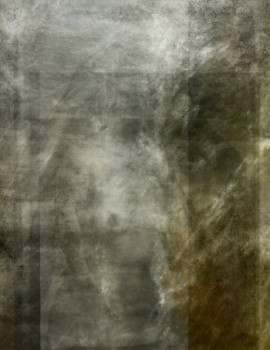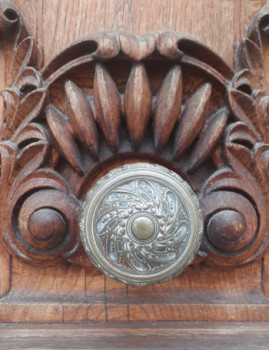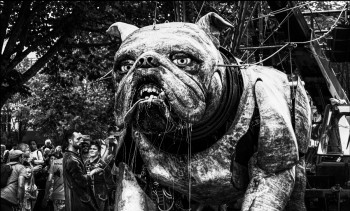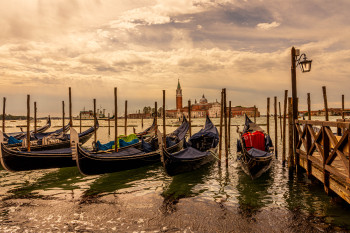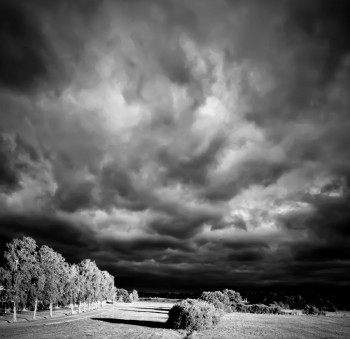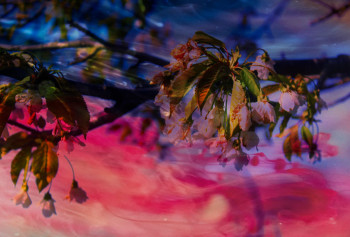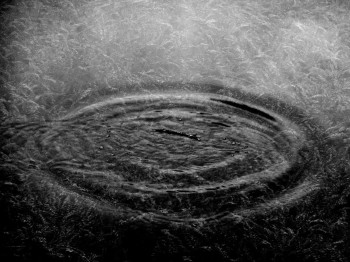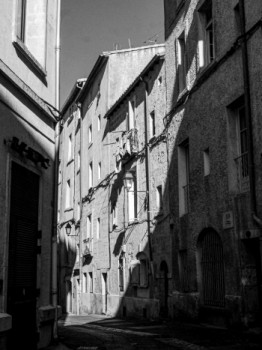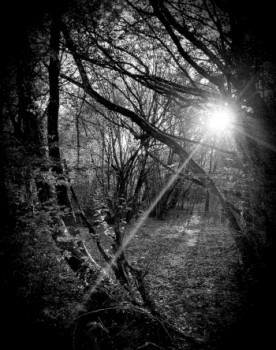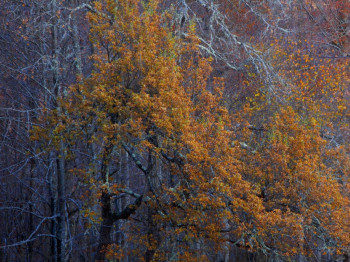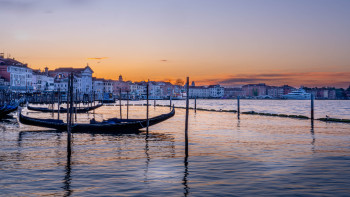
Jean Eugène Auguste Atget: the master of modern art

The interior of a clothing store display is depicted in an image that plays with ambiguity. While the window arouses desire, the glass physically separates the customer who considers his own reflection mixed with the spectacle of the product. The photographies by Eugène Atget, both direct and enigmatic, earned him the nickname of "master of modern art" for his use of photography in order to separate the image from its social and cultural connotations, as well as aesthetic purposes. His images are recognized as making the link between the topographical photography of the 19th century and the art documentary of the 20th century, beyond the subjects that they describe. His art embodies an unwavering vision that places less importance on technical precision and more on the recording of pictorial space.
On the tragedy of photography
The working-class parents of Jean Eugène Auguste Atget, car manufacturer and saddler, and Clara-Adeline Atget gave birth to him in Libourne, France. A few years after changing my job After taking a job to become a traveling salesman, his father died as a result of an affair. His mother Clara also died very soon after. Victoire and Auguste Hourlier, his elderly grandparents, who lived in Bordeaux, took him in when he became an orphan at the age of five due to a difficult and cruel education. Atget quickly began to work. working as a cabin boy on boats.
Atget settled in Paris in 1878 and submitted an application for admission to the National Conservatory of Music and Dramatic Art, the first French theater institution. As he was poor and lived in a seedy part of town, he put all his faith in this chance. Unfortunately, he is also recruited in the military for five years of involuntary service after being discharged. rejection by the theater school. The artist photographer made a new request and was accepted. admitted a year later, because he was motivated to do so. to pursue an acting career. According to his mentor and well-known actor, Edmond Got, a promising career awaited him. Atget was only 1.5 m tall, which didn't make him look the best on stage, and Edmond Got later described his accent as "inelegant". He is sent back before graduating in 1881, the same year his grandparents died, due to a series of terrible incidents.
After having been licensed, Atget continued to work. occur. He started performing in small traveling troupes in the French countryside. Atget found this experience useful because he met many people, including Valentine Delafosse Compagnon, a fellow actor who became his long-time companion. After leaving the troupe, Atget quickly turned to painting as a new creative outlet. He did not receive official training in photography when he settled in Paris and began working as a professional photographer in 1888, but his decision is probably motivated by a need for money.
Discovering your market
In 1890, Atget created his own studio in 1890. Paris, at a time when Documentary photography is rapidly gaining popularity. It has a sign on the front that says Materials for Artists, and it sells photographs of landscapes, flowers, monuments and other things. In addition to serving artists, his work also benefits decorators, historians, metalsmiths, publishers, and ultimately national organizations. From 1897, Atget quickly understood that capturing old Paris would be his life's work. Baron Haussmann's public works and building renovations, which swept away the Paris à; the end of the 19th century, played an important role in the transformation of the city. Old structures and war-damaged streets are being demolished to make way for new buildings. more contemporary constructions. In order to preserve the architecture and ornamentation before they are lost to the future. ever, Atget undertook to photograph them.
If he is the only one Having had the idea of recording a changing Paris, he also discovered a market for which allows him to live. He continued to talk. lead an economical life, never throwing away paper that had not been used. totally used, wearing worn clothes and contenting himself with a reasonable diet of bread and milk (because of digestive problems, but also, he said, because everything that ;was more was an "immoderate luxury"). Because of his independent spirit and penchant for thrift, he also adopted archaic photography techniques, such as the cumbersome camera mounted on camera. on a tripod which uses glass plates. Instead of using traditional portable devices, he regularly used this enormous device that he carried around. the exterior. Albumen paper The camera he used for his film was also archaic, as was the film camera. tripod. Even after production of the film stopped, the artist was able to find the film and make a print of it. albumin.
Atget considered document creation to be his job. However, during his brief career as a painter and while he was residing in France at a time when Plein air painting quickly gained popularity, he Summer brought taking many photographs of nature, including water lilies, budding trees and haystacks, which are strongly reminiscent of impressionist painters like Monet. Nevertheless, Atget resists the desire to join one of the flourishing art or photography clubs of the time.
When he sold his photographs of Paris to various public institutions in 1898, including the Museum of Comparative Sculpture; and the Musée Carnavalet, and later, the Historical Library of the City of Paris and the Ecole des Beaux-Arts, among others, the artist photographer experienced his first significant professional success in photography. In 1901, the artist photographer succeeded in become an "expert" at Paris. His love of theater persisted and, in 1904, he began to perform. giving theater lectures in several Parisian institutions. Although his commercial success continued to grow, he would not obtain appropriate financing until much later. for his art, which will reinforce his archaic photographic methods and his frugal lifestyle.
Atget created relatively few, if any, photos after the start of the First World War. Photos of the old town of Paris were less popular after the war and people were more interested in seeing them. the way Paris was rebuilt. However, he enjoyed another financial triumph when he sold to 2,600,000 of his negatives on glass plates were produced by the French State. His sincere desire to capture Paris in its smallest details shows us how it works. how attached he was to his photography.
The impact of this artist's photography on currents of thought
The art of this photographer has been profoundly modified after seeing the surrealist Man Ray and his studio employee Bernice Abbott. Abbott saw the photos of Atget around Ray's studio and she started to shoot them. frequently visit Atget. When she could, Abbott bought her images. She eventually persuaded him to pose for a portrait in her studio. A year before his death, some surrealists contacted him. Atget to use one of his photographs for the cover of their publication, The Surrealist Revolution. They liked the surrealistic aspects of his photographs and the strange nature of his subjects. Even though he agreed, Atget did not want his name associated with the crime.
He considered them as simple recordings rather than as works of art.
Découvrez quelques oeuvres inspirées de Atget

